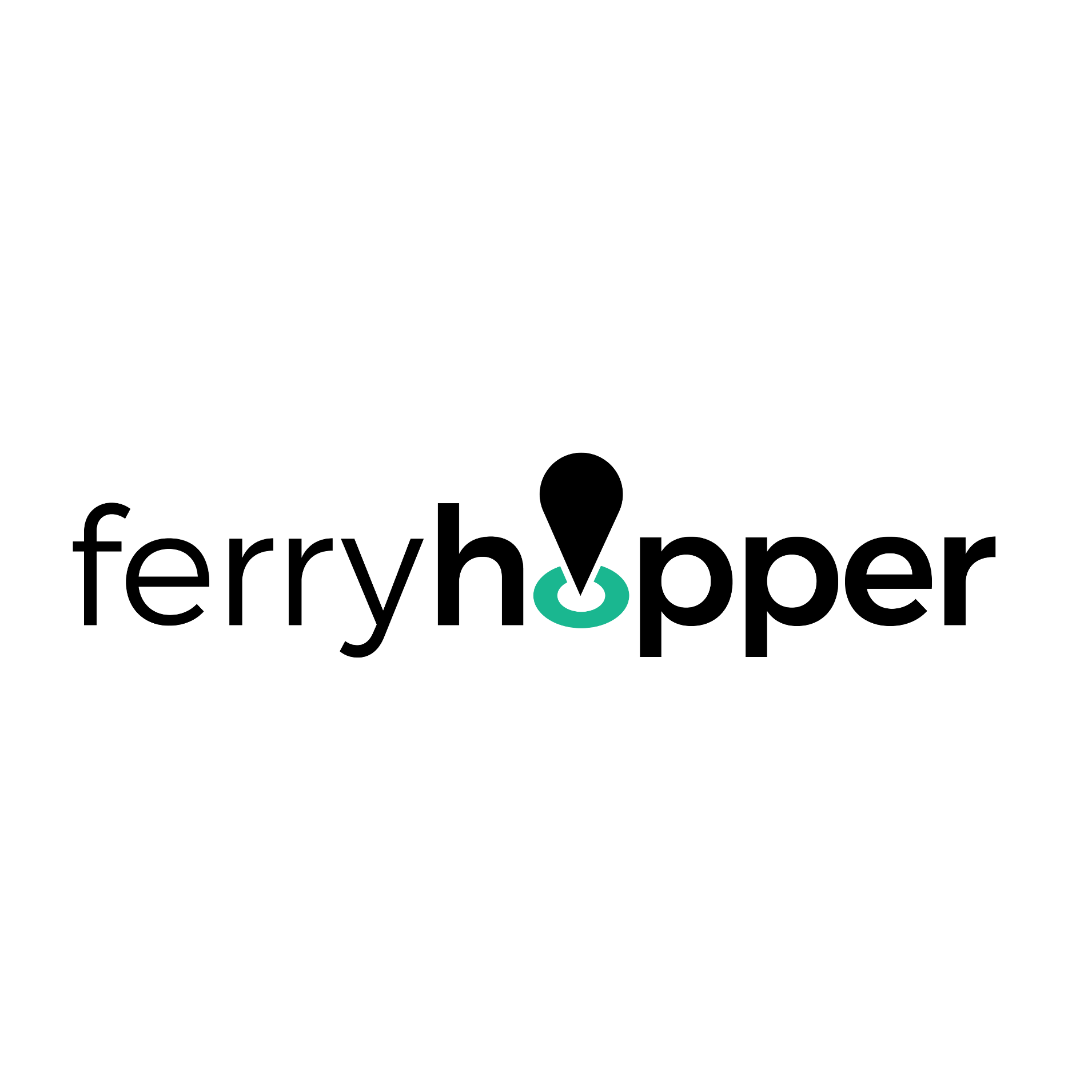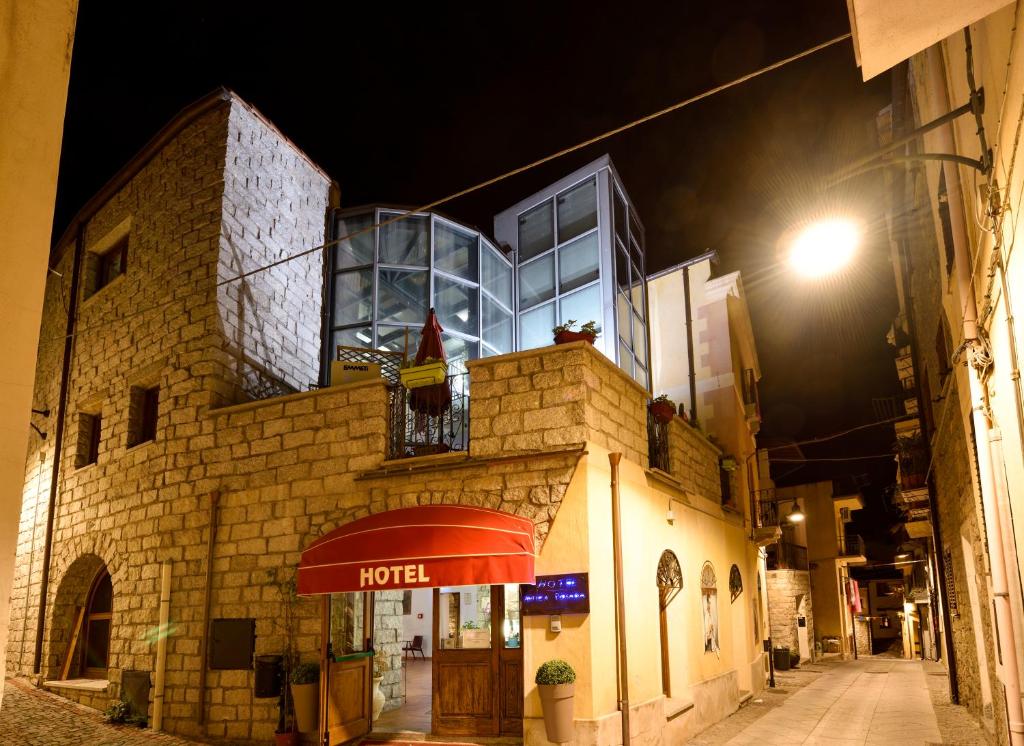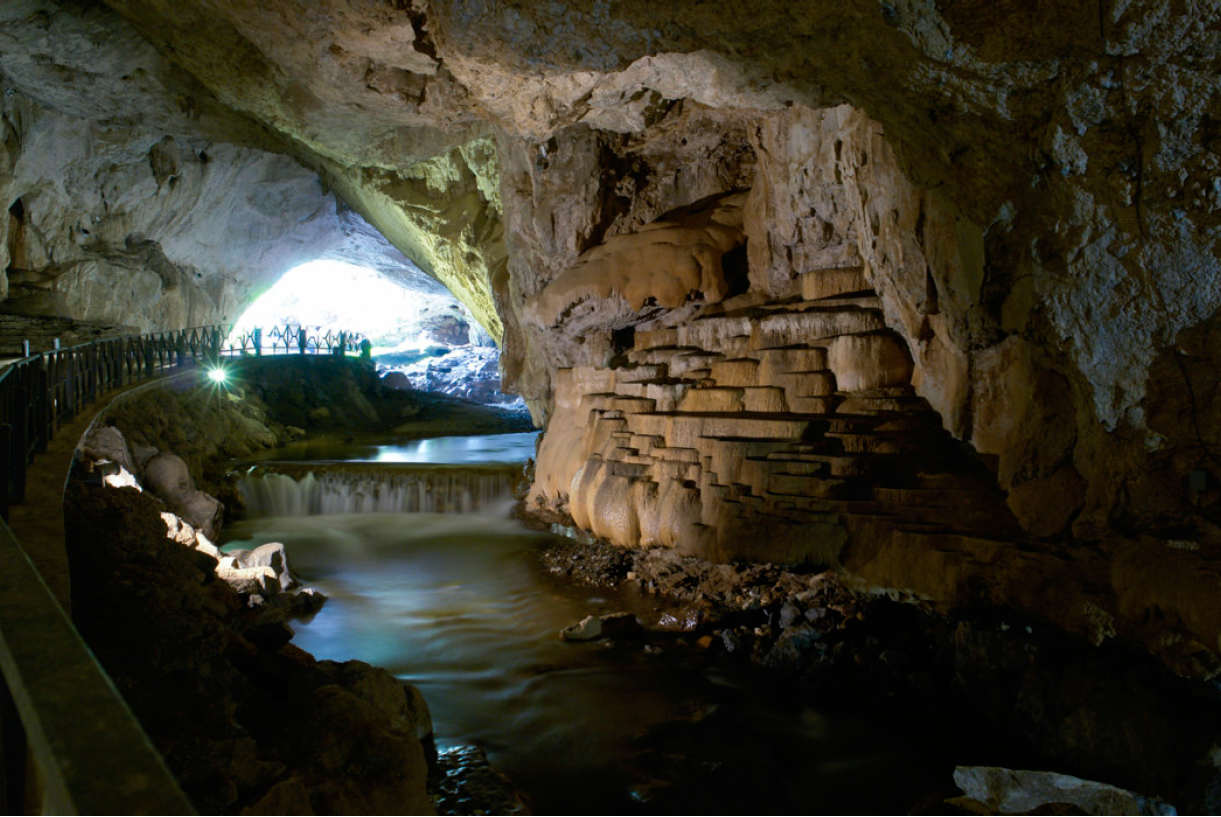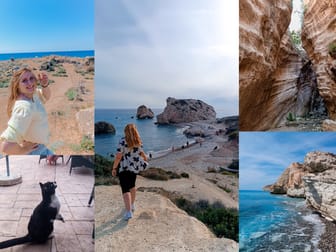Sardinia 2025 Travel Guide: Your Best Summer Yet
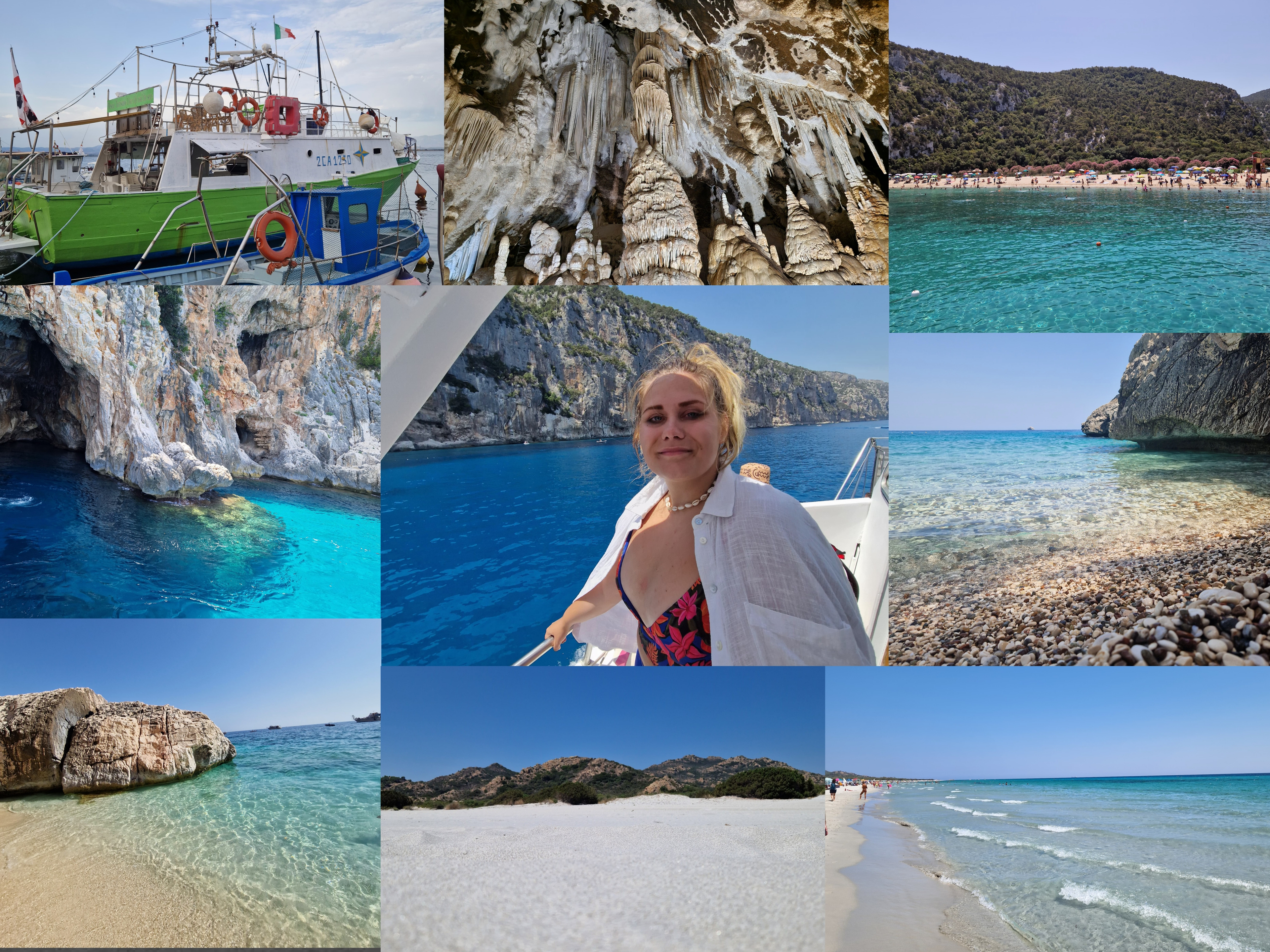
📍Where is Sardinia?
Sardinia is a large Italian island located in the Mediterranean Sea, to the west of the Italian mainland. It is situated south of the French island of Corsica and north of Tunisia in North Africa. Sardinia is known for its stunning beaches, rich history, and diverse landscapes, including mountains, plains, and coastal areas. The capital city of Sardinia is Cagliari, located in the southern part of the island.
✈️How to get there?
There are several ways to get to Sardinia, depending on your starting point and preferences. Here are the main options:
1. By Air
Sardinia has three main airports, and flights are the fastest and most convenient way to reach the island.
1. Cagliari Elmas Airport (CAG) – in the south (near the capital, Cagliari)
2. Olbia Costa Smeralda Airport (OLB) – in the northeast (close to the famous Costa Smeralda)
3. Alghero Fertilia Airport (AHO) – in the northwest (near the town of Alghero)
Many European cities offer direct flights to Sardinia, especially during the summer season. You can book flights with airlines such as Alitalia, Ryanair, EasyJet, and others.
We booked ours from Vienna to Cagliari for cca 50 euros per direction via Ryanair.
2. By Ferry
Ferries are a popular option if you want to bring a car or enjoy a scenic trip.
Ferries to Sardinia depart from several ports on the Italian mainland, including Genoa, Livorno, Civitavecchia (near Rome), and Naples.
There are also ferry routes from Corsica and France (e.g., from Marseille or Toulon).
Popular ferry companies include Tirrenia, Grimaldi Lines, Moby Lines, and Corsica Ferries.
Ferry trips can take from 5 to 12 hours, depending on the route and type of ferry.
🏢Where to stay?
When planning your stay in Sardinia, your choice of accommodation will largely depend on which part of the island you wish to explore and whether you’ve rented a car.
❗Keep in mind that public transportation in Sardinia is quite limited; while you can find some options within Cagliari, getting around outside the city can be challenging.✍️❗
We chose to spend a night in Cagliari to soak in the city’s atmosphere and to rent a car. After that, we headed to Loceri, a charming hilltop town where we stayed for several nights. From Loceri, we could easily explore the stunning western coast, particularly the breathtaking Golfo di Orosei National Park, known for its beautiful beaches and deep blue waters.
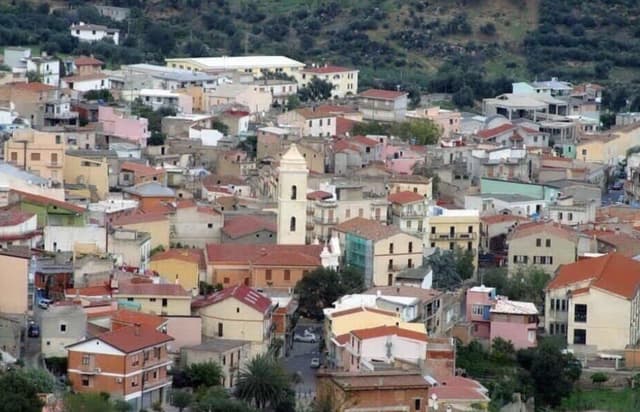
Next, we spent a few nights in Domusnovas to discover part of the eastern coast. Although Sardinia might appear small on the map, the island’s limited connections and few highways (with speed limits ranging from 65 to 90 km/h) mean that traveling from one end to the other can take longer than expected.

To truly enjoy your time in Sardinia, it’s best to take your time in one area and savor the experience. We found ourselves rushing a bit, trying to see everything in just a few days, but there’s so much to appreciate when you slow down and explore at a more leisurely pace.
🚗Renting a car:
As young travelers, we quickly discovered that car rental prices in Sardinia are quite steep, and public transportation options are almost nonexistent. This meant we had to get a bit creative with our transportation. We decided to rent a car using the app AUTING. I had heard about this app while living in Bologna, but this was our first opportunity to give it a try.
🚙 AUTING operates on a unique model where locals rent out their cars at significantly lower prices and without requiring a deposit. The process is straightforward: you negotiate with the car owner about how many kilometers are included in the rental price. If you exceed that limit, they will inform you of the additional cost per kilometer, along with the number of days you need the vehicle.
One thing to keep in mind is that you need to be extra cautious while driving, as there’s no accident insurance. If you happen to damage the car, you’ll be responsible for covering the repair costs. Thankfully, traffic in Sardinia is manageable; the speed limits are reasonable, and while you should still exercise caution, it’s not nearly as chaotic as driving in Naples or Split.
Overall, renting through AUTING turned out to be a cost-effective and flexible way to explore the beautiful landscapes of Sardinia!
6-days plan:🗓️
Day 1: Cagliari
Cagliari, the vibrant capital of Sardinia, boasts a rich history dating back over 2,500 years. Originally a Phoenician settlement known as Karalis, it later became a Roman port city. Cagliari is renowned for its medieval architecture, stunning coastal views, and archaeological treasures. Key attractions include the historic Castello district, the Roman Amphitheatre, and the beautiful Poetto beach, where locals and tourists alike enjoy sunbathing and swimming in the crystal-clear waters.
1. Castello District
This historic hilltop neighborhood is the heart of Cagliari, featuring narrow streets, ancient walls, and stunning views of the city. Don’t miss the Bastione di Saint Remy, a grand terrace with panoramic views.
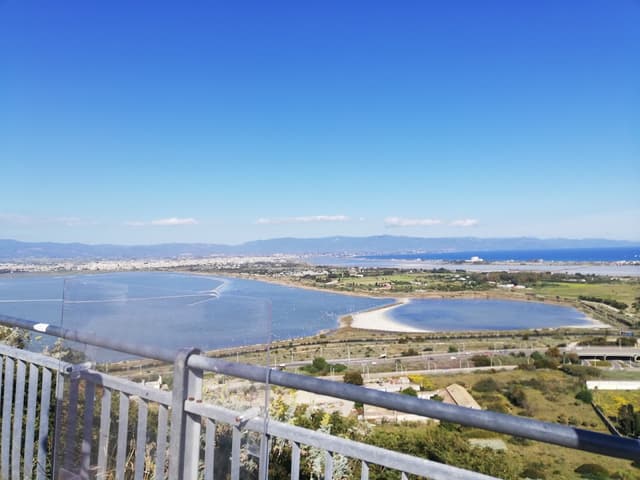
2. Cagliari Cathedral (Basilica di Santa Maria)
An impressive Romanesque cathedral located in the Castello district, known for its beautiful architecture and stunning interiors.

3. Roman Amphitheatre
A well-preserved ancient amphitheater that dates back to the 2nd century AD. It once hosted gladiator games and other public spectacles. Guided tours often provide insights into its history.
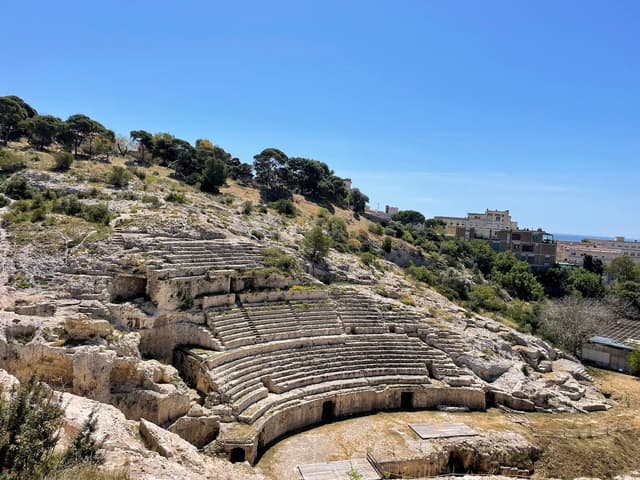
4. Tuvixeddu Necropolis
The largest Punic necropolis in the world, featuring ancient tombs carved into the rock. It's a fascinating archaeological site that offers a glimpse into Sardinia's ancient past.

5. Poetto Beach
A popular urban beach stretching for about 8 kilometers, ideal for sunbathing, swimming, and enjoying beachside cafes. The nearby Sella del Diavolo offers great hiking and scenic views.

6. Museo Archeologico Nazionale
This museum houses an extensive collection of artifacts from Sardinia's prehistoric, Roman, and medieval periods, including intricate jewelry and pottery.
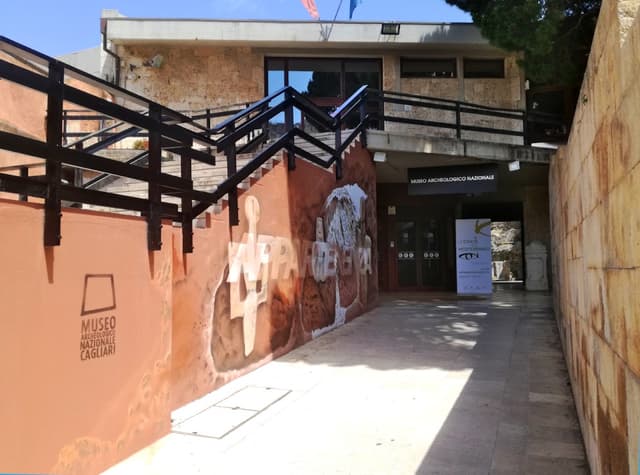
7. Basilica di San Saturno
A beautiful church built over the remains of an ancient Roman temple. The crypt contains fascinating early Christian art and architecture.

8. Parco di Molentargius
A nature reserve located near Poetto Beach, known for its diverse birdlife, including flamingos. It’s a great spot for hiking and birdwatching.
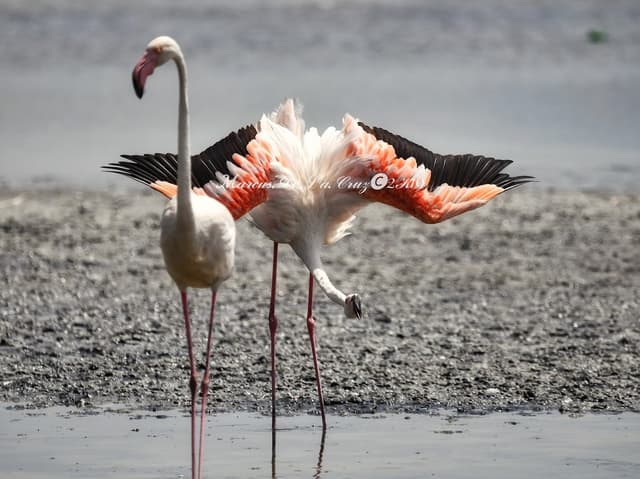
9. San Benedetto Market
A vibrant local market where you can experience the flavors of Sardinia. Sample fresh seafood, local cheeses, meats, and other regional delicacies.
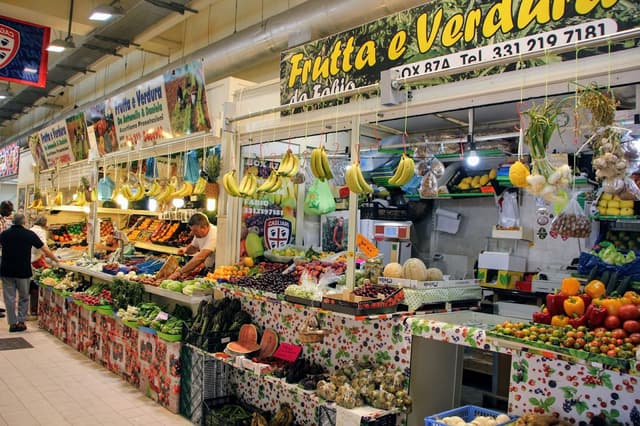
10. National Gallery of Sardinia
This gallery features a rich collection of Italian and Sardinian art, including works from the Renaissance to modern times.
Day 2: Loceri and Lanusei
After exploring Cagliari, we took a morning stroll through the city, as there’s plenty to see. Then, we headed to our hotel in Loceri, a charming town surrounded by breathtaking landscapes. Nestled in the verdant hills of central-eastern Ogliastra, Loceri offers the perfect blend of sea and mountains, just a short drive from the stunning beaches of Tortolì, Lido di Orrì, and Cea.
With a population of just 1,300, Loceri has been inhabited since the Neolithic period, as evidenced by the ancient domus de Janas (fairy houses) at Serra Paulis. The Cuccui and Tarè mountains protect its lush hills and fields, which yield exceptional Cannonau wine and extra virgin olive oil, staples of Ogliastra's renowned "diet of the centenarians."
To learn about the region’s rich olive-growing tradition, we visited the Sa Domu 'e s'olia ethnographic museum, housed in a 1910 oil mill. The museum showcases traditional tools and practices, from cheese and oil production to weaving and crafts, and features a collection of traditional clothing and games. The nearby renovated oil mill also hosts cultural events and exhibitions.
In the evening, we explored the picturesque town of Lanusei, where we stumbled upon a lively local festival celebrating Sardinian culture. Known for its stunning views of the Gennargentu massif, Lanusei perfectly combines mountain village charm with easy access to the crystal-clear waters of Ogliastra. As the main administrative center of Ogliastra, Lanusei is home to essential services and rich historical significance, including the Salesian presence since 1902. It’s a fantastic place to experience the warmth of Sardinian hospitality and tradition!


3. Day: Berchida Beach
Today was all about unwinding. We woke up early and set off around 7 AM, making our way to Berchida Beach. 🐄 Famous for its white cows that visit during the off-season, we found the beach bustling with people instead, as we were there in August, right in the peak season.
Parking costs 8 euros from 8 AM to 2 PM, or 12 euros for the entire day. 💲
Given that the beach has soft sand that gets really hot, we decided to splurge on lounge chairs, knowing we’d be there all day. The cost for the lounge chairs was 40 euros.💲
The beach itself is absolutely stunning, and despite the crowd, it was still a wonderful spot to enjoy the day.
❗A couple of important things to keep in mind:
the road to the beach is very winding, so drive cautiously—you might encounter some goats or cows crossing the road! Also, make sure to bring your own water and snacks, as there aren’t any shops nearby, just a local café that’s quite pricey. Renting a lounge chair is a great idea, as staff members are there to help keep an eye on your belongings while you relax and soak up the sun.

On our way back from Berchida, we still had an hour of daylight left, so we decided to stop by Tortoli for a quick visit. We took a leisurely stroll through the town and settled down for some pizza. Tortoli is a charming little place, sweet and quaint, though there isn’t much to see aside from the main street, which is lined with numerous restaurants. It’s the perfect spot to unwind after a day at the beach!
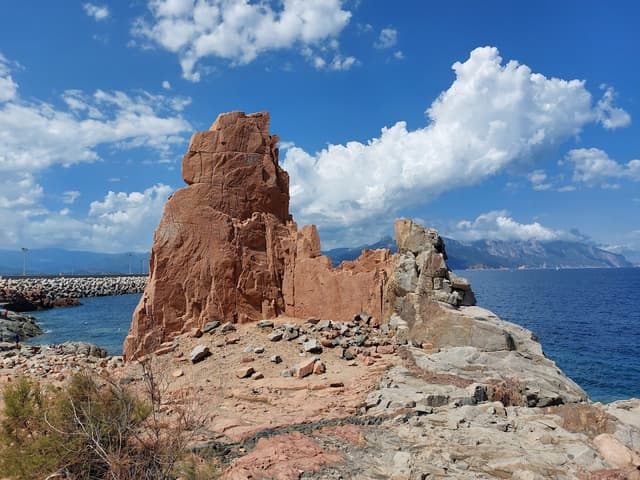
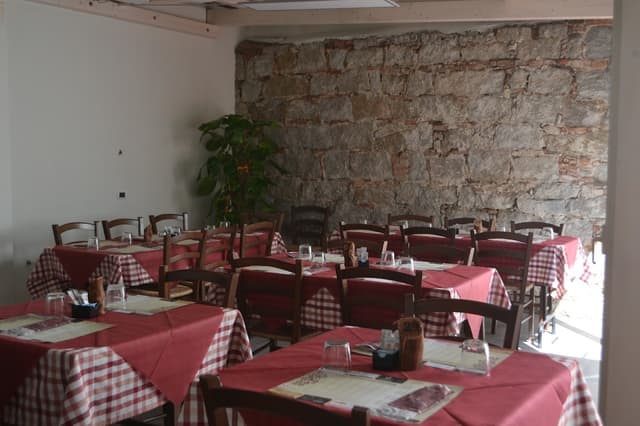
Day 4: Exploring the Gulf of Orosei
For a long time, I had a strong desire to see the Gulf of Orosei, as I had heard about its stunning beaches. Honestly, while the carbonate beaches are similar to those I have in Croatia, I wasn't overly impressed, but it’s definitely worth a visit. The tricky part is that the beaches can only be accessed by boat or through a long, exhausting hike in 42-degree heat. We booked a tour through Get Your Guide (link below). The tour takes you by boat to the farthest beach, and then every hour and a half, you move on to the next one. It can be quite tiring since there are no proper restrooms, drinking water, or shade available.
1. Step: Download the app here:
2. Step: find this tour
3. Step: use petrahus10 while buying for discount! :)
❗What to bring: ❗
At least 3 liters of water, a hat, sunglasses, sunscreen, and a lightweight shirt to cover your shoulders.
Although that day was quite demanding, it was also beautiful. I wouldn’t recommend this tour for very young children or older adults, as the sun can be intense, and it’s essential to take care of yourself.
GEOLOGY OF OROSEI:
The Gulf of Orosei, located on the eastern coast of Sardinia, Italy, is renowned for its stunning scenery and significant geological features. Formed by complex tectonic processes resulting from the collision of the African and Eurasian plates, this region is characterized by steep limestone cliffs that rise dramatically from the sea. These cliffs are part of the Supramonte limestone formations, dating back to the Mesozoic Era. The area exhibits typical karst topography, with sinkholes, caves, and underground rivers, such as the famous Grotta del Bue Marino and Grotta di Ispinigoli, which provide unique ecosystems.
Additionally, various sedimentary deposits, including conglomerates and sands, reveal the geological history of the region. The Gulf of Orosei's rich biodiversity, shaped by its unique geological features, offers ideal habitats for diverse marine life, making it a popular destination for snorkeling and diving. The geological history of the Gulf, marked by significant changes during the Miocene and Pleistocene epochs, has crafted its current landscape, contributing to the Gulf’s exceptional beauty and ecological significance.
1) Cala Mariolu

2) Cala sisine

3) Cala luna
Day 5: A Relaxing Day in Domusnovas and the Fascinating Grotta San Giovanni
After yesterday's exhausting adventure, we allowed ourselves to sleep in until 10 AM, enjoying a leisurely coffee in Loceri before preparing for the day. We made our way to Domusnovas, where we settled into our accommodation. Since it was quite a distance, we stopped for a quick coffee and a light snack on the way, which left us little time for sightseeing.
If you get up early, you can go and visit Su Nuraxi, the only UNESCO site on Sardinia:

Once settled, the heat made us hesitant to venture far, so we opted for a visit to the nearby Grotta San Giovanni, just a five-minute drive from our lodging.
💲The entrance fee was €8, and while guided tours were available, we chose to explore on our own.
The Grotta San Giovanni is remarkable, stretching 860 meters and recognized as the longest carriage cave in the world. This fascinating cave showcases stunning karst formations and dates back around 530 million years, formed from carbonate rocks. Today, it attracts about 100,000 visitors annually, with an international choir festival held here and many speleologists and climbers drawn to its walls and secondary branches.
Before the internal road was built, the cave served as a shelter, with artifacts dating back to the Neolithic and Byzantine periods found within. Historical cyclopean walls mark the entrances, and although a Byzantine chapel was demolished in the 19th century to allow for road construction, a commemorative church dedicated to San Giovanni now stands nearby.
The construction of the road began in 1866 to facilitate communication between Domusnovas and the valley of Oridda, enhancing access to mining activities in the area. It was fascinating to explore this geological marvel and reflect on its rich history!

Day 6: A Day of Adventure in Sardinia
Today was all about adventure! We set off early, heading north toward Cala Domestica, stopping along the way to admire the rift between the Ordovician and Cambrian rocks (clearly marked on Google Maps).
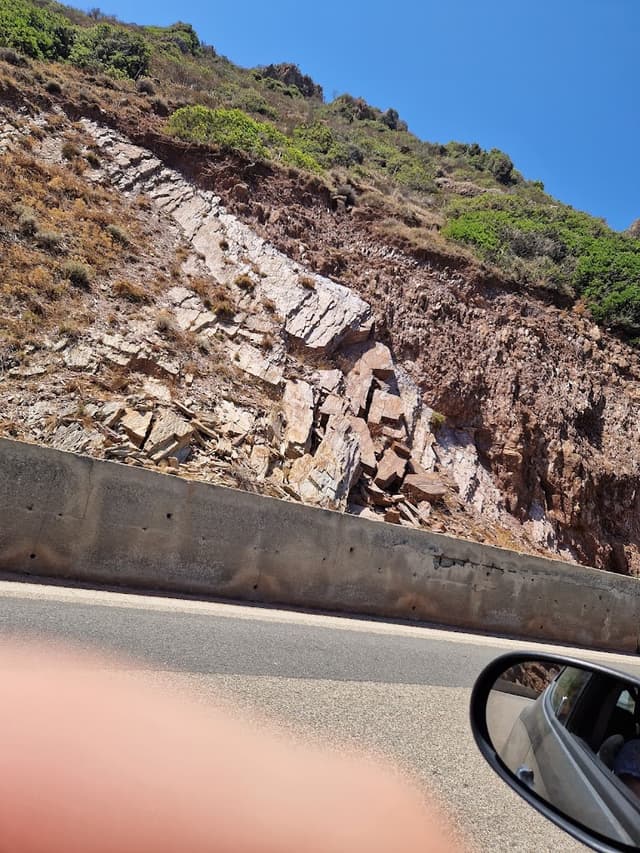
Cala Domestica is a beautiful beach adorned with volcanic stones, and parking costs €5 for the whole day.💲
There are two beach bars on site, but their kitchens don’t open until noon, so be sure to bring some snacks if you arrive early. Don’t miss out on refreshing yourself with a Sardinian Ichnusa beer or a lemon-flavored Ichnusa Radler!
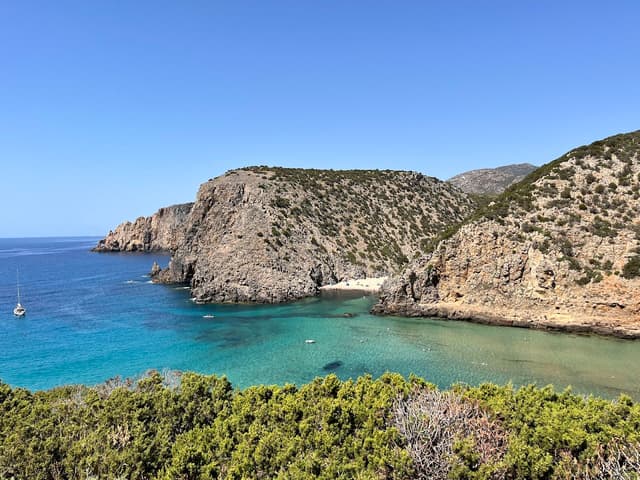
Accessible through a network of underground tunnels, the cave offers a breathtaking experience. Visitors ride a train for 700 meters, followed by an elevator that ascends into a dazzling underground cathedral with colorful rock formations.
The San Giovanni Mine, where the cave is located, has a rich history, having been exploited since Roman times. Tours last approximately 1 hour and 15 minutes, so it’s recommended to purchase tickets in advance.
💲Entry costs €15, with a reduced price of €12 for children and seniors. Remember to wear sportswear and closed shoes, and be prepared for a magical journey beneath the surface!
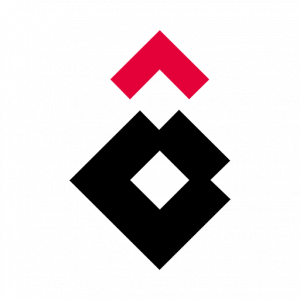
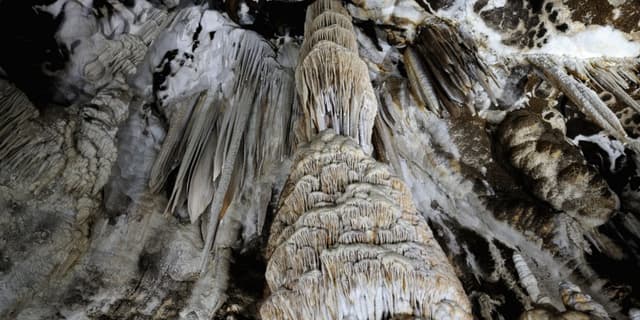
After visiting the cave, we continued to the charming little island connected by a bridge to Sardinia, called Sant’Antioco. This delightful town is perfect for an afternoon and evening stroll, brimming with life and vibrant atmosphere. It's an excellent spot for dinner and enjoying an aperitif while soaking in the picturesque surroundings.

Finally, our flight was from Cagliari, so on the 7th day, we returned to the city for a brief stroll before heading straight to the airport. I hope this guide is helpful! If you found it useful, feel free to leave a tip.
Wishing you a fantastic summer! 💚
Want more summer travel ideas? Check out my profile!
The home for unique & authentic travel
